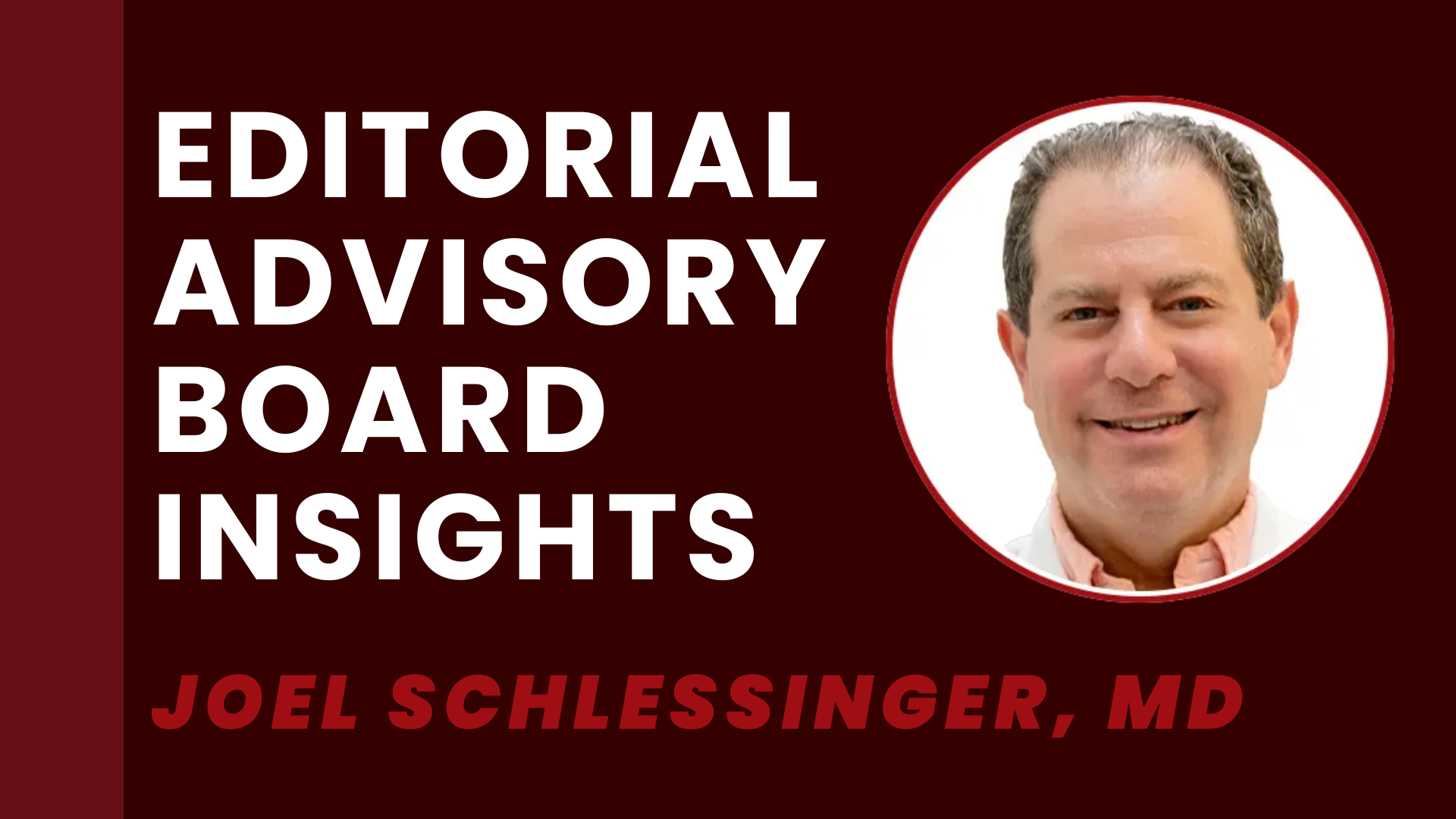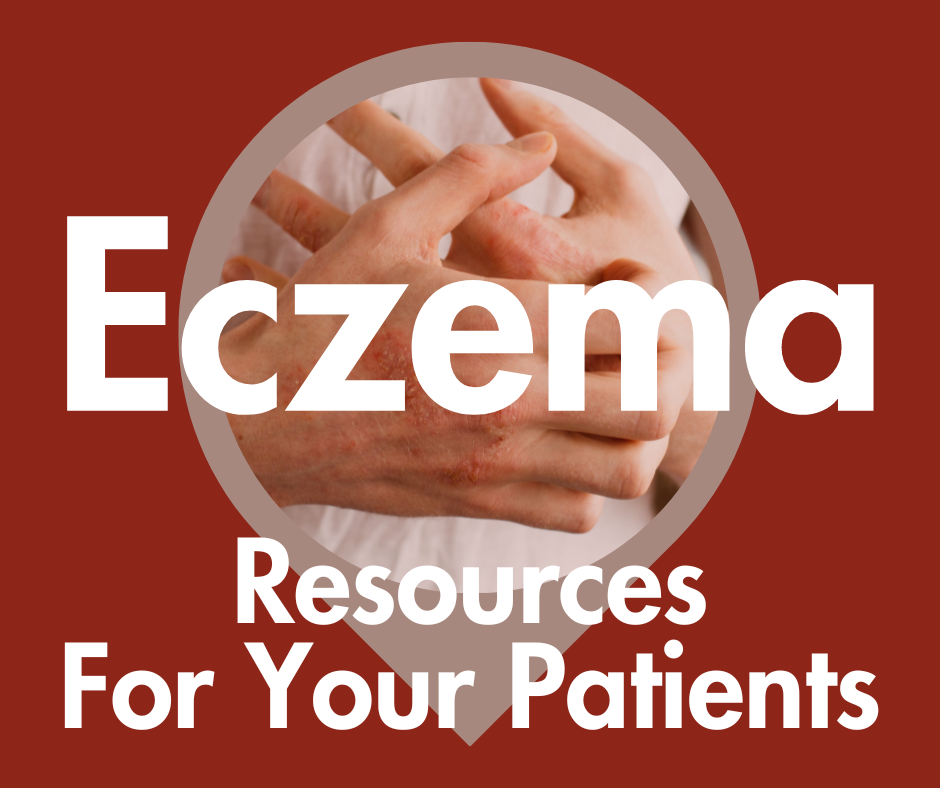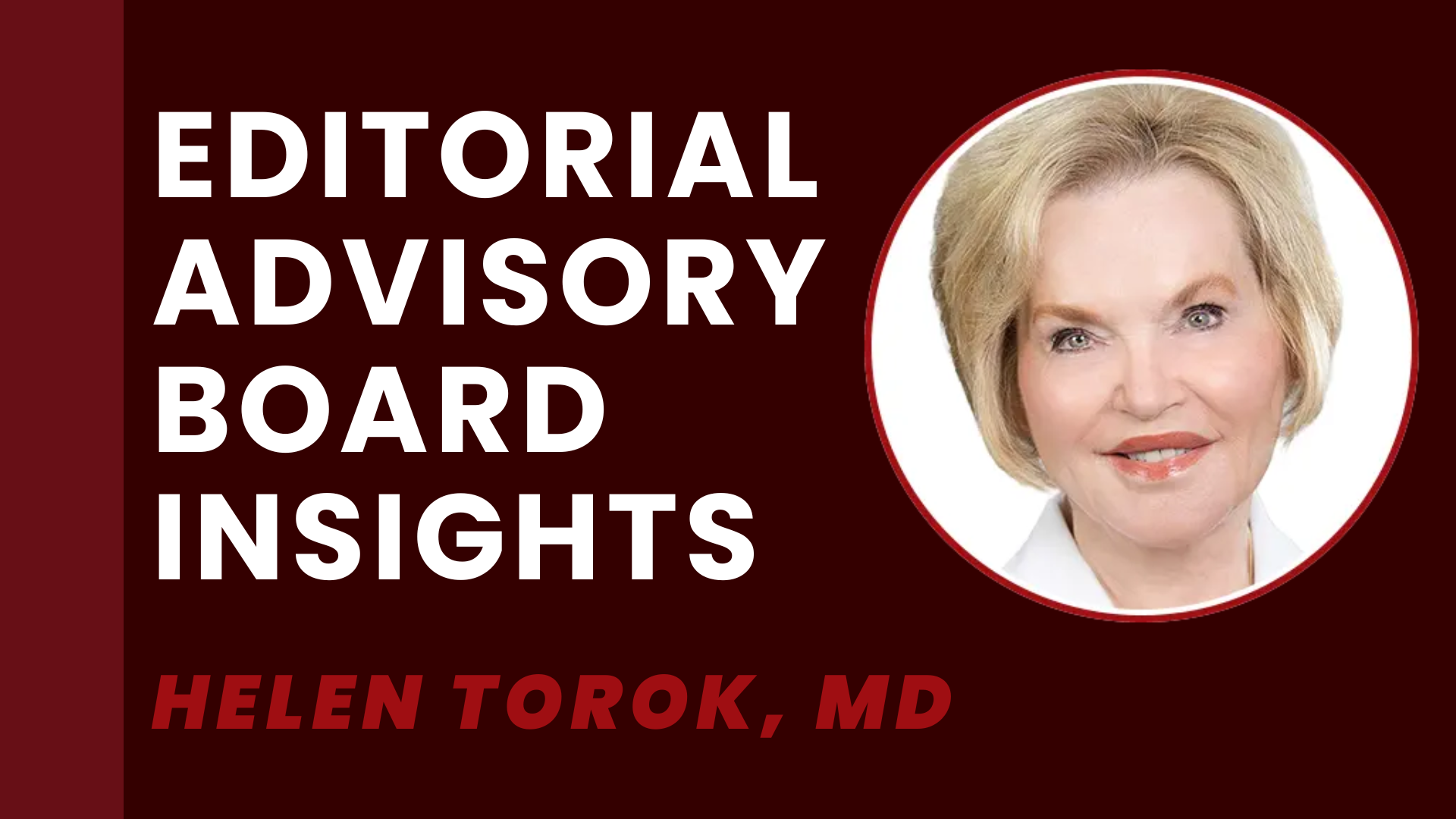- Acne
- Actinic Keratosis
- Aesthetics
- Alopecia
- Atopic Dermatitis
- Buy-and-Bill
- COVID-19
- Case-Based Roundtable
- Chronic Hand Eczema
- Chronic Spontaneous Urticaria
- Drug Watch
- Eczema
- General Dermatology
- Hidradenitis Suppurativa
- Melasma
- NP and PA
- Pediatric Dermatology
- Pigmentary Disorders
- Practice Management
- Precision Medicine and Biologics
- Prurigo Nodularis
- Psoriasis
- Psoriatic Arthritis
- Rare Disease
- Rosacea
- Skin Cancer
- Vitiligo
- Wound Care
News
Article
Editorial Advisory Board Insights for Eczema Awareness Month: Joel Schlessinger, MD
Joel Schlessinger, MD, shares his atopic dermatitis insights.
Throughout National Eczema Awareness Month, Dermatology Times® will be featuring Q&As with the expert dermatology professionals who are a part of our Editorial Advisory Board.
Joel Schlessinger, MD, a board-certified dermatologist, board-certified Mohs surgeon and cosmetic surgeon in Omaha Nebraska, shares his insights into the evolving treatment and research landscapes of atopic dermatitis.

Dermatology Times: What emerging research or developments in the field of dermatology hold the most promise for improving the quality of life for patients with atopic dermatitis in the coming years?
Joel Schlessinger, MD: There have been so many new developments in atopic dermatitis over the past several years. One of the improvements has been the use of dupilumab and it is alongside another option, lebrikizumab, as well, that have been approved that are IL-4 and IL-13 inhibitors. These inhibitors are absolutely changing the course of how we treat atopic dermatitis patients.
They're also being used for many other indications that were akin to, but not exactly, atopic dermatitis. As we know, people may have an allergic diathesis, and those people that have an allergic diathesis, generally speaking, have a wide variety of symptoms and conditions that may mimic or amplify atopic dermatitis. These drugs have absolutely been remarkable in the treatment of these conditions. Now, we also have JAK inhibitors that are coming out, or are out, and they are also making a huge difference in treatment of atopic dermatitis and several other conditions, of course. Basically what we see with those is that it's very easy to treat, because JAK inhibitors are oral in their usage, so people people can use those for treatment of a variety of conditions.
Then there are some topical JAK inhibitors as well, including ruxolitinib, which is being used quite a bit. The oral ones are abrocitinib and upadacitinib, as well. Then, there are going to be just a huge number of other treatments that are going to be available in the future, and it just is going to be absolutely a remarkable opportunity for treatments for treatments for conditions that, up until now, have been either untreatable or poorly treatable, for things such vitiligo, alopecia areata, alopecia, universalis, alopecia totalis, and multiple other conditions are potentially at the cusp of having great treatments or already having great treatments.
Dermatology Times: How can dermatologists better educate patients and their families about the chronic nature of atopic dermatitis and the importance of long-term management and prevention strategies?
Schlessinger: I think there's a paradigm shift here where we have substituted a medical treatment for perhaps a near shaming event with the patients and their families. As we see better results from treatments such as dupilumab and others for atopic dermatitis, we're able to relax our obsessive focus on complete control of the patient's environment, the importance of moisturization every 5 minutes and an obsessive focus on food intake and other factors which may be impossible for the patients or their families to control. Sadly, what we have had in the past has been a terribly difficult and nearly impossible situation for families and patients to adhere to, and at the end of the day, it wasn't terribly successful either.
The new medications are changing our approaches drastically. The other one that I didn't even mention is tapinarof, which is a topical treatment, that has also resulted in dramatic improvements in our patients' success rates for treatment of atopic dermatitis. I think that the take home message here is that we are living in a remarkable age where there are new treatments that are coming out for conditions that we had previously thought essentially unsolvable, and now, we have the benefit of these phenomenal options for patients that are either moderate or even severe atopic dermatitis patients. It doesn't mean that we're completely done with "done" with atopic dermatitis, because there still are some patients that have tremendous difficulties, and even with great treatments, they will still be challenging in so many ways, but there is a large subset of the atopic dermatitis population that has essentially seen a 90% to 100% improvement in their atopic dermatitis and have gone from the inability to live and function normally to a very reasonable and unfettered existence.
Dermatology Times: What are some of your go-to treatment approaches for atopic dermatitis (orals, JAKs, topicals), and what therapeutic options do you reach for when initial treatment choices aren’t as affective?
Schlessinger: My go-to approach, if I can, if insurance and patient finances allow it, is to start with a topical regimen when possible and introduce the concept of some of the more involved treatments at the first visit. It's rare, if ever, that I would even consider going to one of the biologics at that time, but we always have discussions with the patients and their families, if they're minors, about the potential of some of these newer treatments. None of these treatments are without some risk or side effect profile, and although dupilumab is fairly well-tolerated, there are instances of conjunctivitis and some other newer side effects that are being elaborated at this point. As we become more comfortable with these modalities, we will of course be better suited to have discussions that are more meaningful with the patients and their families.
Dermatology Times: Can you share your insights on the psychological and emotional impact of atopic dermatitis on patients, and how can dermatologists offer holistic support in addition to medical treatment?
Schlessinger: I believe that probably most dermatologists have encountered their story of a person or family who have been deeply affected by atopic dermatitis. My story happened in 1998, when we were doing the initial trials for what eventually became PROTOPIC. We had a child whose family was so deeply appreciative, and it turned out that they had not slept through single night with their child ever before until it came to that drug.
Now, subsequent to this time, I've had so many other stories that are like this, that are people who had exhausted the options for standard medications and were now either with a child that that itched constantly or was unable to think about anything else but itching, to a child that could actually interact with them and and have a life outside of their atopic dermatitis. This has been one of the most rewarding and personally satisfying moments for me to see. With the expansion of the JAK inhibitors to other conditions, such as alopecia areata and vitiligo, we're seeing other stories like this that will amaze us and truly bring tears to our eyes.
I am so deeply appreciative for the science that has been developed by these companies and the ways that this will impact our patients' and their families' lives. It's always important to note that it's not just the patient that is involved; there are almost always a host of support people, and in the case of atopic dermatitis, whole families that are involved in trying to manage the destructive effects of this condition. It's a condition that can literally render apart families over the control and improvement of the patient. It's just so incredibly encouraging when we see things like these inhibitors, these new treatments, that can make such a phenomenal difference.
I think we need to talk about side effects. We talked about some of the side effects for the IL-4 and 13 inhibitors. The JAK inhibitors are absolutely not without their concerns, and those concerns can range from hematopoietic to other incidences of clotting, and for this reason, we do have bloodwork and follow up guidelines that are much more stringent with the JAK inhibitors than with some of the other modalities that there are out there. That doesn't mean that they're going to cause all these issues, but it's an important to be aware, and to go over the side effects and potentials with patients before instituting treatment. We have a consent form that we give out to that we sign for each patient who's going on these treatments, and it allows us to fully inform our patients the about the risks and side effects without missing any potential problems.
Newsletter
Like what you’re reading? Subscribe to Dermatology Times for weekly updates on therapies, innovations, and real-world practice tips.





